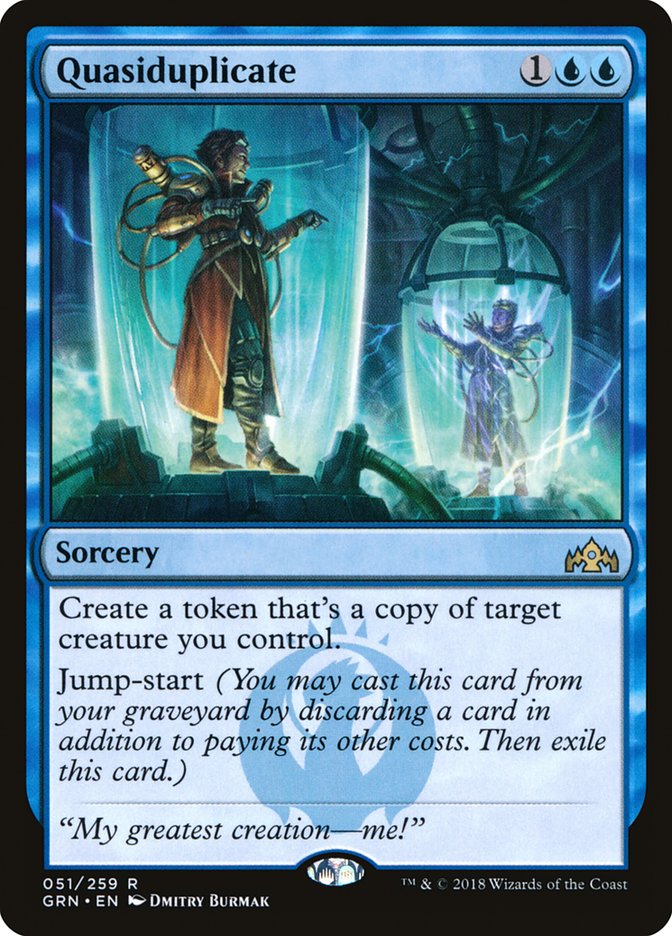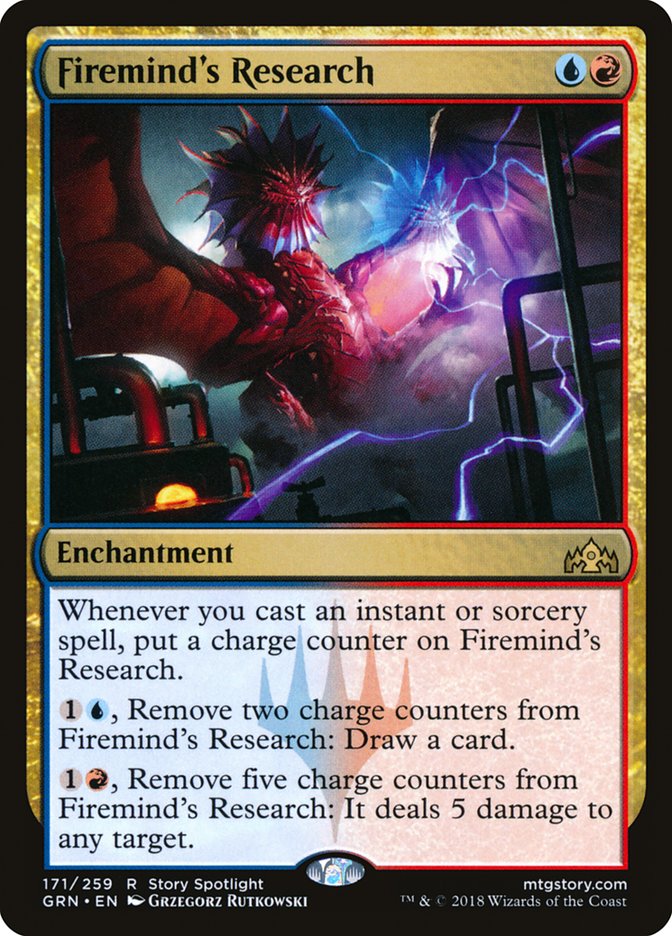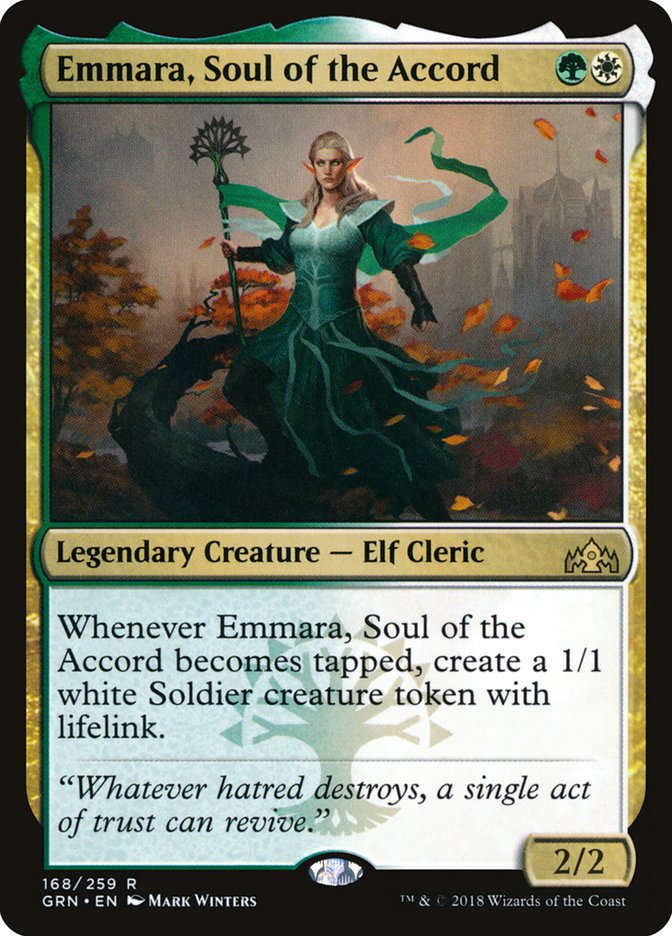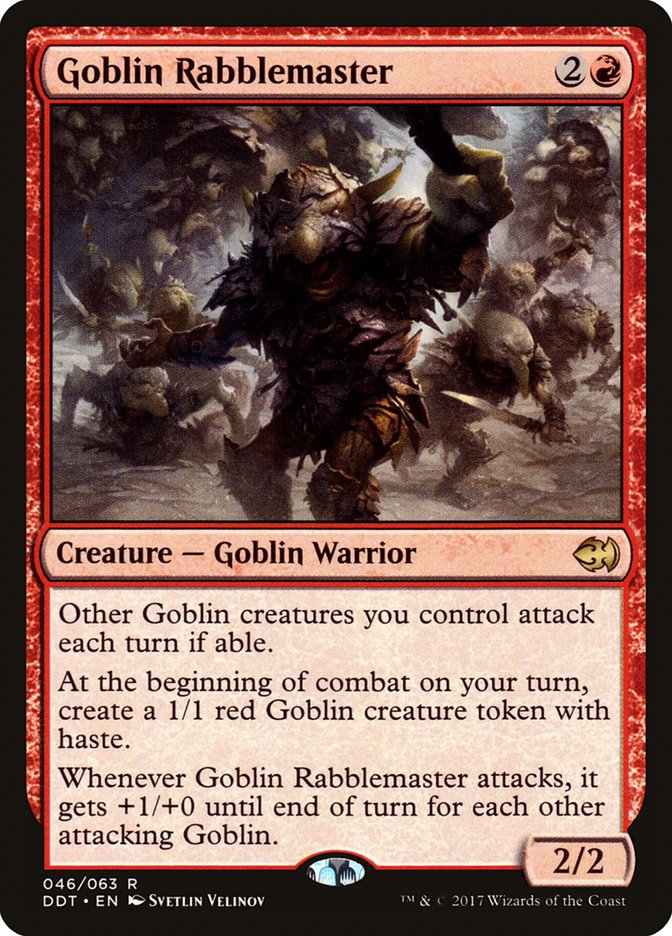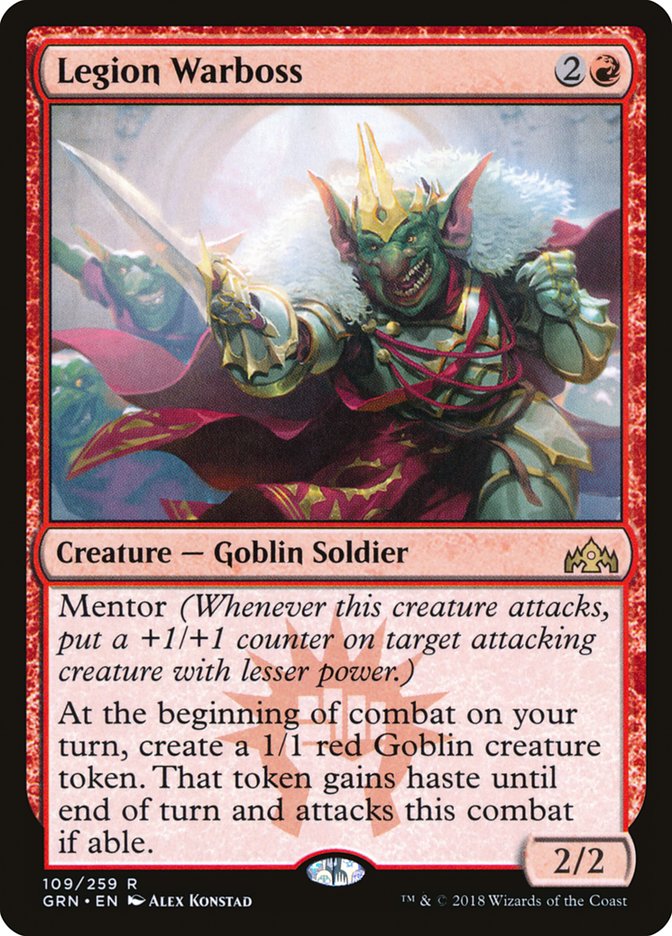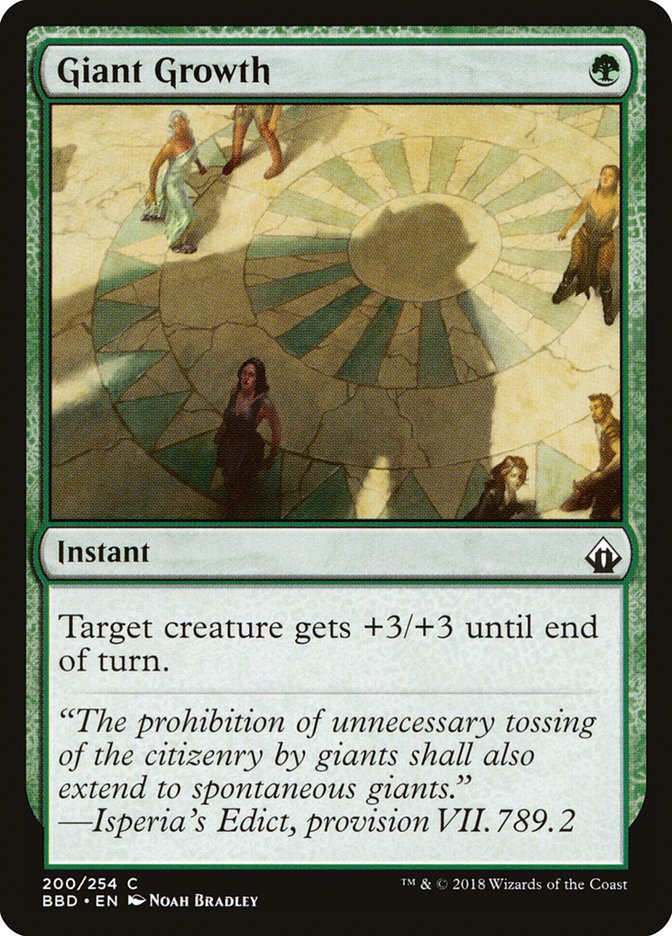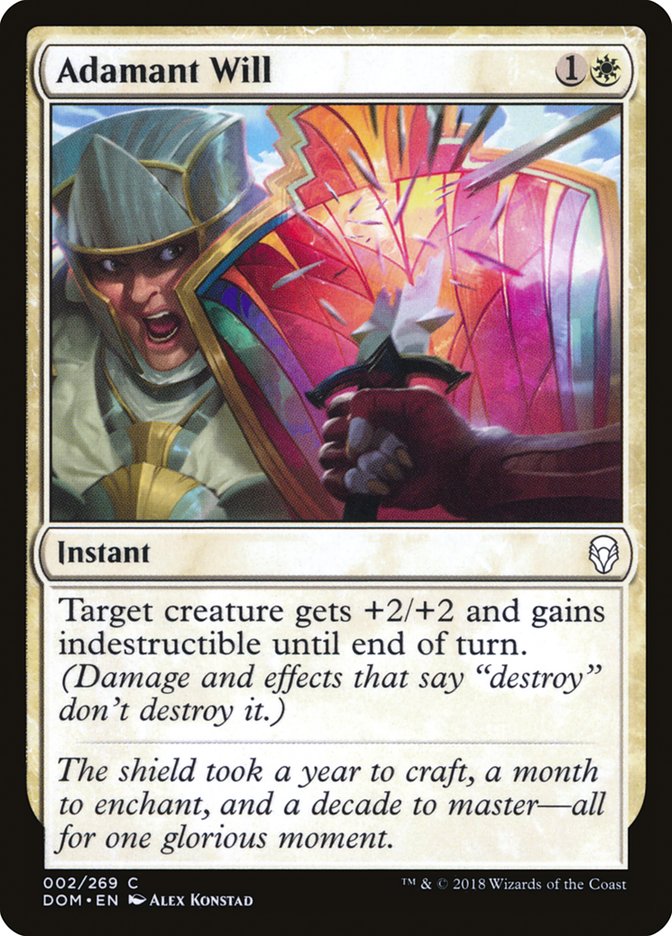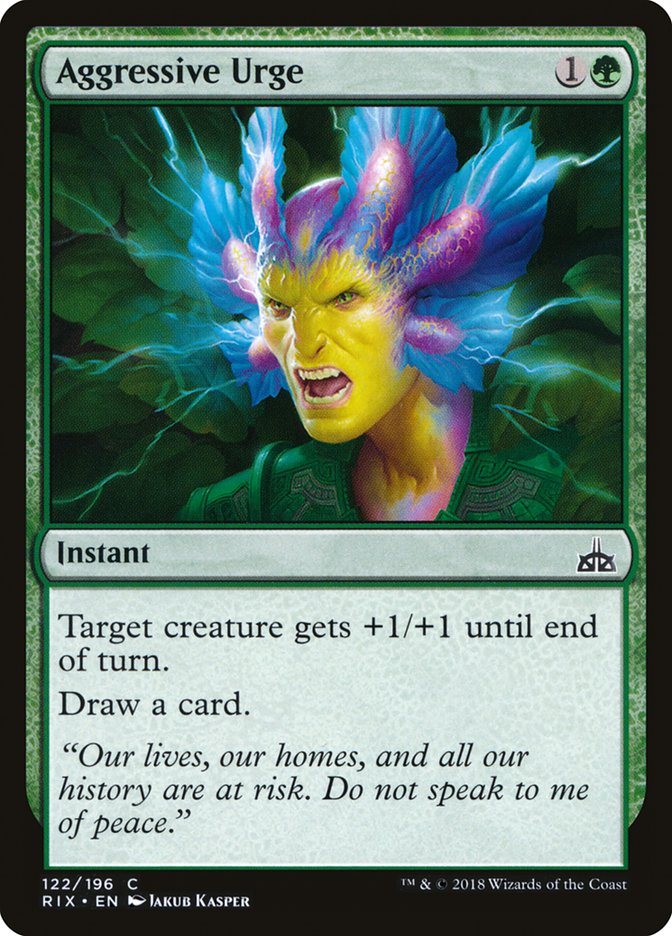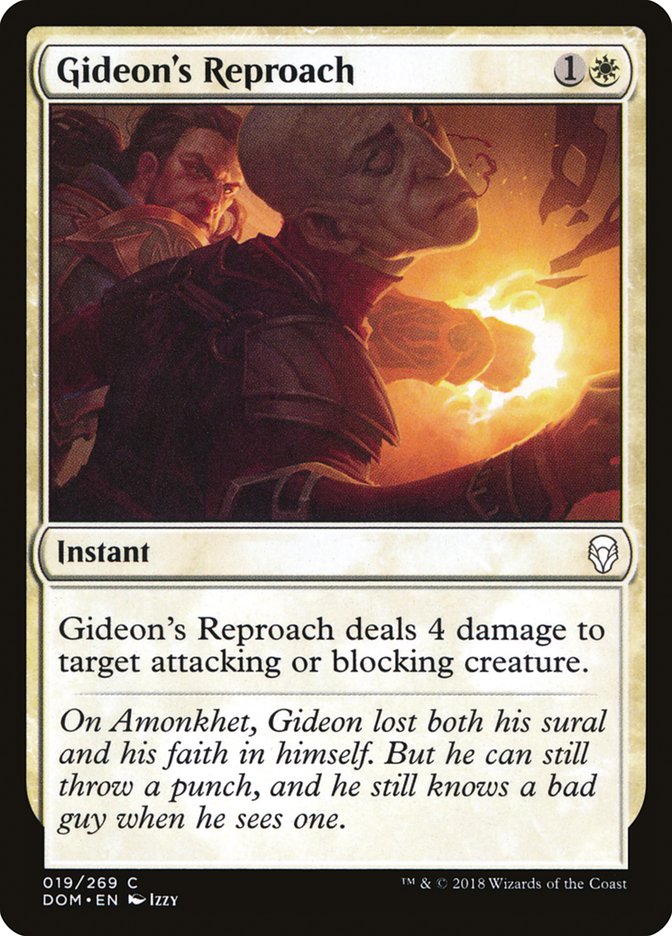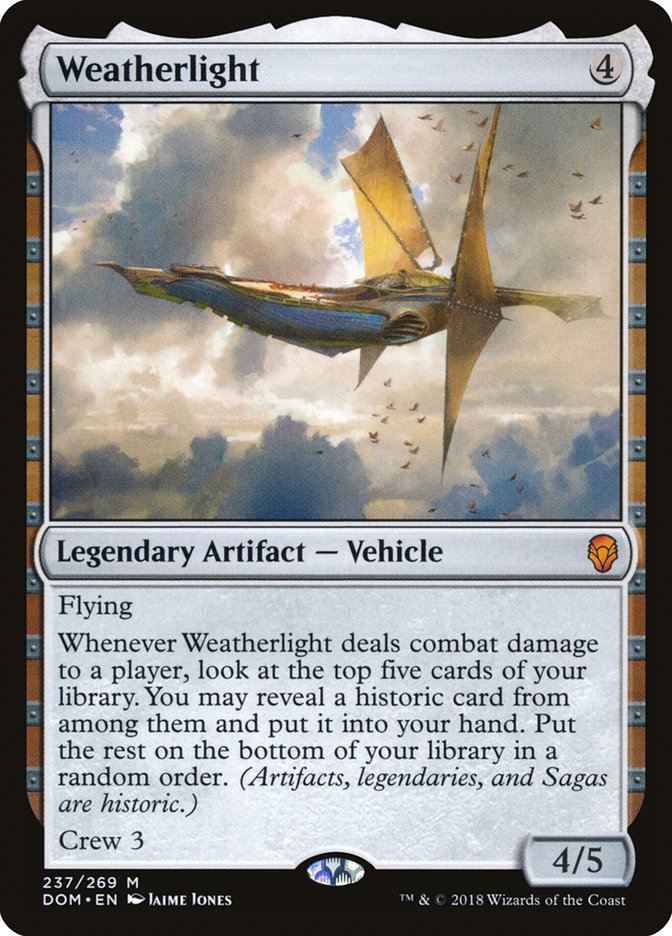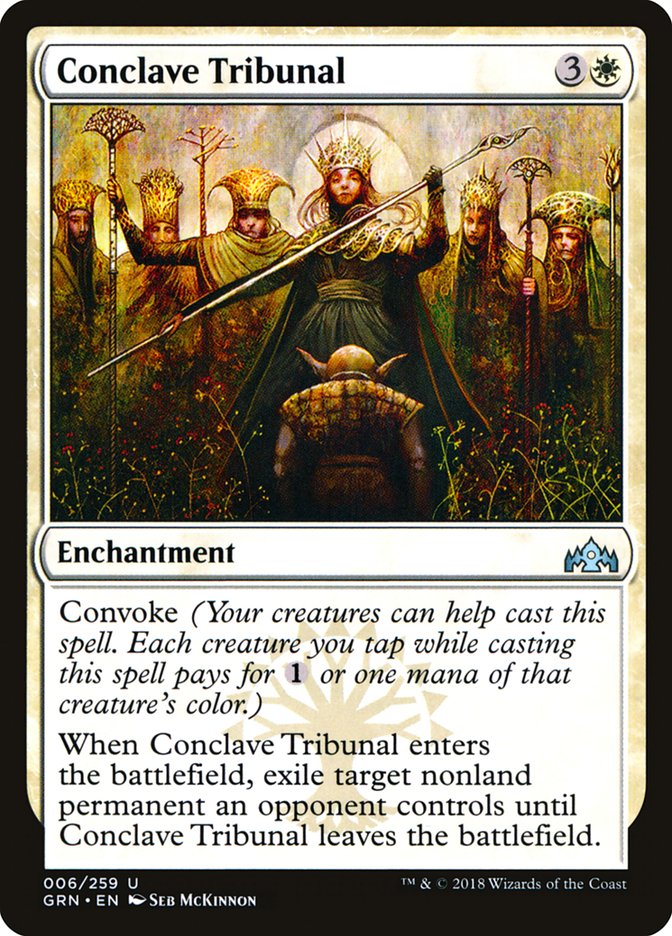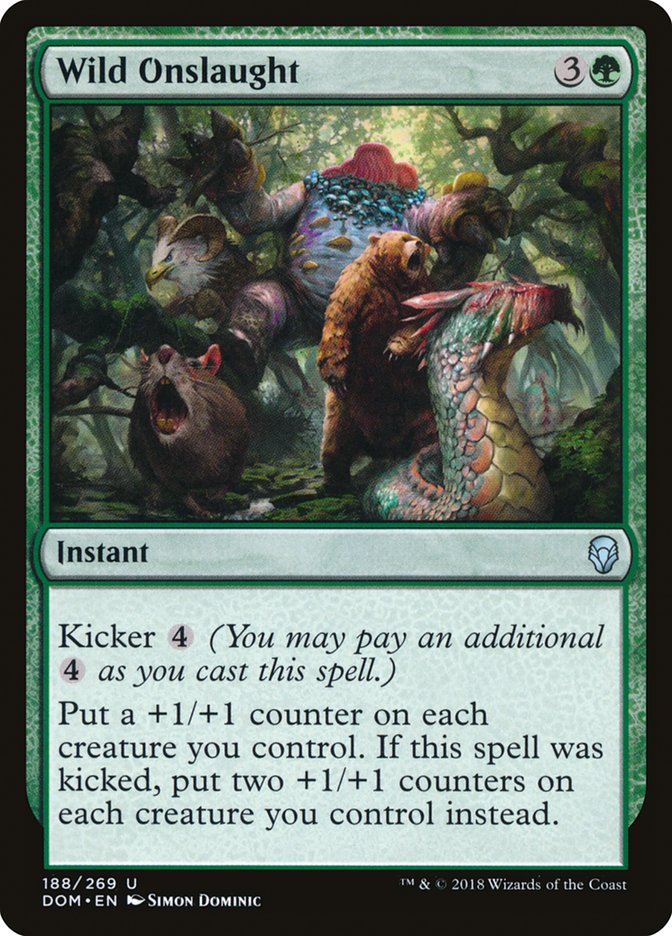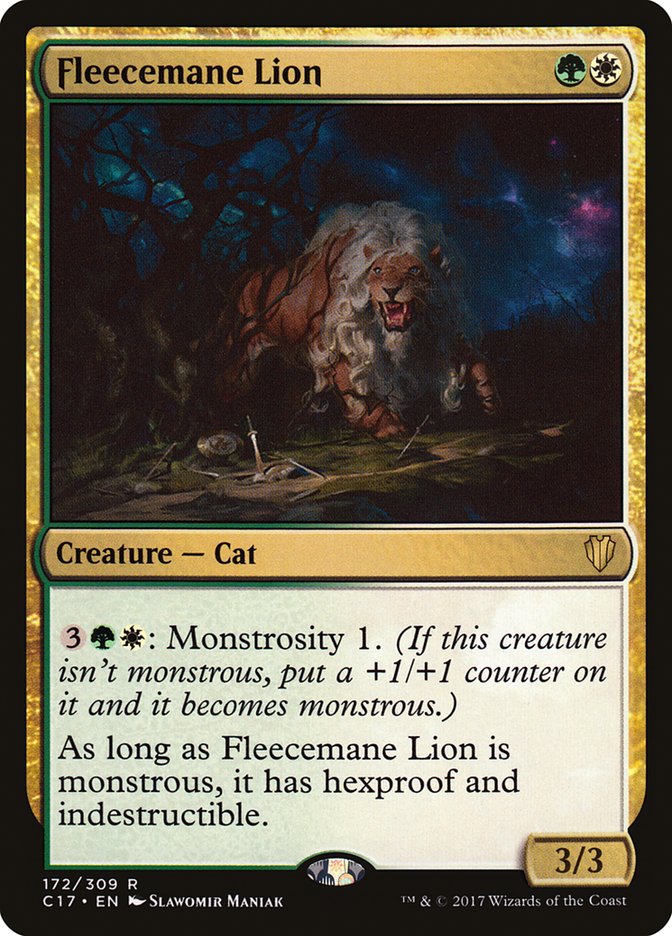I used to hate the time leading up to the release of a new set.
That awkward time when cards start getting previewed, but before you’ve
seen enough to really have a good idea of what the new environment is going
to look like. We’re there right now, with Guilds of Ravnica right
around the corner. Kaladesh is leaving us, Amonkhet is
leaving us, and Standard is going to look completely different in a scant
month’s time. But, how?
That not knowing used to really bother me. I’d look at a card like
Quasiduplicate and just refuse to process it, thinking that it was
pointless without knowing the full array of value enters-the-battlefield
effect creatures I would have access to. Or I’d take a gander at Firemind’s
Research and bemoan how little I knew about the speed of the format to
come. Any effort I put in to understanding previews felt like it would
quickly be invalidated by the rest of the set and ultimately wasted.
As you may have gathered, these feelings no longer plague me. It’s not
because the facts of the situation have changed, as preview season still
works roughly as it always has. Nor is it because I’ve learned to occupy
myself with other things during this part of the Magic calendar. No, I’ve
well and truly learned to appreciate this time of the year for what it is:
an opportunity to flex very different Magic muscles.
Context is everything in Magic, and reaching conclusions on new Magic cards
without fully understanding the context of the cards around them is a
foolhardy proposition. But if we’re being honest with ourselves, reaching
conclusions on the exact power level of new cards by staring at the set
list is also not a realistic task. Without actually playing a lot
of games and watching the format develop there’s always a good deal of
guesswork involved.
But what if conclusions weren’t the goal? Sure, it’s nice to be able to
place new cards in neat little boxes. This card’s good, that one’s bad,
that one’s going to define the format. Doing this, however, is
approximately as useful as figuring out that the matchup between deck X and
deck Y is 57-43 in deck X’s favor: not very.
Instead, the goal should be to develop mental frameworks around how the new
cards play and what factors will make them better/worse. No, you don’t have
to spend time thinking about every unplayable vanilla 2/3 for three in some
sort of misguided attempt to give every card its due, but you should give
the time of day to every card with a unique effect. The odds are very good
that at some point during the card’s time in Standard, the effort you put
in will pay off.
Bluffs and the Fair Game
Enough philosophy. Here’s the target of today’s analysis:
I have a penchant for cheap creatures and cards that foster interesting
play patterns, and Emmara, Soul of the Accord is both. She’s abstractly
powerful too, according to lessons learned way back with Magic 2015.
Cards with the ability to produce a token creature every turn cycle have
long been a Magic mainstay. For the most part though, they have either been
quite expensive or have required additional payments of mana for every
token. Goblin Rabblemaster was neither of these things, and the card
terrorized Standard.
I’m sure many of you who are primarily familiar with Goblin Rabblemaster
from Modern and Legacy are unsure about the comparison I’m making here.
Rabblemaster has quietly snuck into the non-rotating formats, and its role
in them is as the fastest possible clock in a single card. There’s no world
in which Emmara, Soul of the Accord will ever be filling that same role;
her kill just isn’t fast enough. But that wasn’t Rabblemaster’s primary
role during its time in Standard, either.
Don’t get me wrong: Goblin Rabblemaster was still exceptionally good at
punishing opponents who stumbled. But Standard tends to be too
creature-centric for an unopposed Rabblemaster to be the rule and not the
exception, and that was certainly the case throughout Rabblemaster’s time
in the format. Instead, Rabblemaster often served as a glorified token
maker. Much work was put into sequencing Rabblemaster in such a way to make
the first token or two live, and the ability of Stoke the Flames to stop
your tokens from attacking, and thus keep them around, was highly prized.
Emmara, Soul of the Accord is a new take on this passive kind of continual
token making at a cheap cost, and she’ll be in Standard side-by-side with
Goblin Rabblemaster 2.0, Legion Warboss. Of course, Emmara makes tokens
substantially differently than either Rabblemaster variant, and the
difference in how Emmara and Legion Warboss end up performing ought to be
quite instructive.
The key difference between Emmara and Goblin Rabblemaster / Legion Warboss
is that Emma risks herself to make a token while the others risk only the
token. She is the attacker, not the token, and that makes a world
of difference.
The first implication of this difference is that pump spells are immensely
important with Emmara. When you declare an attack with Emmara, your
opponent is hugely incentivized to block, assuming their creature
has more than a single point of power. If your 2/2 for two makes a single
1/1 and trades with one of their creatures, that’s a fine exchange. If your
2/2 for two gets to make two 1/1s before trading? That’s starting to get
scary. More than two tokens and your opponent is falling far behind.
As such, they want to block. They want to trade with Emmara if they have
to, although they’d much rather put a 2/3 in front of your Emmara. If Guilds of Ravnica Standard ends up being similar to the old Sylvan
Advocate days, I won’t be expecting much out of Emmara. Highly playable
2/3s for two are exactly what Emmara does not want to see.
But let’s assume for the moment that the common two- and three-drops of the
format are sized to trade with Emmara, not eat her. Now we enter the realm
of the pump spell. Your opponent almost has to block when you make
that attack, which means your pump spells will get to work as removal
spells far more often than they otherwise would. Emmara forces the issue,
letting you use your pump spells on your own terms.
To be honest, the options aren’t great. Adamant Will is, on its face, not a
card I’m thrilled about putting in my Constructed deck. Ditto for
Aggressive Urge, although I could imagine a format with common creature
sizing and combat incentives such that the payoff could be worth the
relatively low power level. Eating a creature with an Aggressive Urge is a
great feeling. Gideon’s Reproach isn’t a pump spell, but serves the same
role of enabling Emmara, since she doesn’t actually need to deal combat
damage for her effect to work. I’ll definitely be keeping an eye on the
pump spells to come out of Guilds of Ravnica.
For now, though, let’s assume that we get a good pump spell or two to play
alongside Emmara, Soul of the Accord. The flip side of our opponent being
highly incentivized to block is that we are highly incentivized to attack.
A 2/2 for two is not a good Magic card, and if that is what Emmara ends up
being in a game, we’re behind where we want to be. Often, we’ll want to
attack whether we have the pump spell in hand or not.
Worst case scenario on such an attack, we trade our 2/2 away and get a 1/1
in its place. That’s a downgrade, but not a huge one. If we trade for an
opponent’s creature at the same time, we aren’t exactly happy, but we’re
not unhappy. Best case scenario, they value their creature highly and know
we could have a pump spell and decline to block. That’s a good
scenario.
The really nice thing about this is that the pump spells we put in our deck
can come late without being awful. Since Emmara tends to leave tokens
behind one way or another, even pump spells we draw too late to combo with
Emmara herself can still be put to effective use. The tokens even have
lifelink, magnifying the power of pump spells used on them.
The Unfair Side of Emmara
Spare me a comments section full of people insisting that no amount of
synergy can transform a Selesnya creature into an unfair Magic card. I get
it people, ultimately, we’re just making 1/1s here, and not all that many
of them in the grand scheme of things. But even within those confines,
there’s the fair way and the unfair way.
Combat is the fair way. We turn our Emmara sideways to attack and give our
opponent the opportunity to block. We’ve talked about this already in
detail, but the thing to keep in mind is the risk involved. An overwhelming
majority of our potential opponents will have the ability to interact with
Emmara just by playing Magic with creatures. That’s fair.
But what if we didn’t have to take on that degree of risk?
Now we’re talking. Vehicles are excellent with Emmara. If you have
a vehicle to crew with her on the battlefield, you just produce a 1/1 token
every turn at no risk. That’s powerful, and I have no doubt that Emmara
into Aethersphere Harvester would have been the bane of every Mountain mage
had Emmara been printed in Dominaria and not Guilds of Ravnica.
But of course, she wasn’t. After rotation, all the good Kaladesh
block vehicles will be leaving Standard. The vehicles we’re left with are,
to be frank, not particularly playable. Outside of finding a good Selesnya
historic deck that makes use of Weatherlight, there’s not a lot there to
work with.
We might see more vehicles in Guilds of Ravnica, we might not. If
not, I think it’s very likely that we will see vehicles again in a set
before Emmara rotates out of Standard. This is one of those interactions to
keep in mind and recognize if the opportunity should arise.
Crew would be a nice mechanic to exploit with Emmara, but convoke is one I
can guarantee will make for some powerful Emmara synergy. Impervious
Greatwurm isn’t exactly the convoke card I had in mind, but given
that it’s a core mechanic of the set, I’m sure we’ll see other options. Oh
wait, we already have:
Now that’s more like it. Turn 2 Emmara, Turn 3 Conclave Tribunal your
creature, make a 1/1. If things break a certain way, that could be a
typical Standard opening in the months to come. I don’t want to go too deep
into Conclave Tribunal, but the fact that it hits nonland permanents and
not just creatures is very impressive to me, and I expect this card to see
reasonable amounts of play.
Getting back to Emmara, the most important thing convoke does is give
Emmara power going into the lategame. The biggest issue with Emmara is the
potential to draw her late in the game and not have a realistic shot of
getting more than a single attack with her in. I would be very surprised to
see Emmara played without any convoke cards alongside her. It’s also worth
noting that an early Emmara that gets going makes every convoke card you
draw in the future very cheap due to all the tokens you’ll have.
Finally, the last unfair thing to do with Emmara that we need to discuss is
ways to make these tokens more imposing. Well, we kind of need to
discuss them. The tokens having additional value just increases the
potential value of an Emmara strategy without making it any easier to
implement. I’m far more interested in figuring out how to make Emmara work
than I am in figuring out if making her work is something worth doing, as
the information needed to determine the latter is largely unavailable at
present. Keep an eye out for good Glorious Anthems and move working with
Emmara up your priority list if they end up being in the environment.
Note that having access to either convoke or crew cards alongside Emmara
works to decrease your need to bluff attack. If you don’t have the pump
spell, you can decline to make an unfavorable attack and instead wait for
one of your pieces of synergy. This in turn will make your opponents
respect your attacks more and will make the bluffs you do make
more likely to succeed. The depth of attacking with Emmara is something I
truly hope becomes a key part of Guilds of Ravnica Standard.
Swerving In The Sideboard
I don’t have a deep knowledge of Magic tournament history, but I do recall
this being one of the most dominating Grand Prix decks I’ve ever seen:
This was Grand Prix Memphis, 2015. StarCityGames’s own
Brad Nelson
piloted one of four copies of Abzan Control that made the Top 8.
The key innovation all four copies shared was a sideboard playset of
Fleecemane Lion.
The basic idea was that the maindeck of this build of Abzan Control was
constructed in such a way that the removal spells that were good against
Fleecemane Lion were all very bad. Bile Blight, in particular, was
essentially the best spell in the format against Fleecemane Lion and awful
against every creature in the maindeck of this Abzan Control deck. These
cards tended to be sideboarded out, at which point Fleecemane Lion would
come in and clean house.
Surprisingly, this is the use of Emmara, Soul of the Accord I’m the most
excited about. Or maybe unsurprisingly, as my Magic preferences tend to
veer pretty sharply away from synergy. The prospect of swerving into Emmara
after sideboard after my opponent makes their deck worse against her is
extremely exciting. What will it take for that to be a legitimate plan in Guilds of Ravnica Standard?
The big thing needed is for the format to have polarized removal spells.
More or less, this is the format we just left, with Fatal Push being the
small-ball removal spell and Vraska’s Contempt handling the bigger stuff.
As long as the exile clause on Contempt remains important, I think it’s
safe to say that the black removal is likely to remain polarized, as
Contempt is on the absolute biggest end of playable Standard removal.
Against decks relying on black removal, sideboarding into Emmara will
likely be effective if the rest of your deck is good against whatever the
small-ball removal spell of choice ends up being and if they lack good
early blockers for Emmara. Ending up after sideboard in a spot where your
opponent’s only way to deal with a Turn 2 Emmara is to Contempt it on Turn
4 is an enticing proposition.
A swerve like this will only ever be effective if Emmara is considerably
smaller than the rest of your plans. This likely means that you won’t be
making use of any of the unfair Emmara plans, as the rest of your deck
won’t be able to support them. Nor would I expect such a deck to want to
play any pump spells. A small price to pay for having an unprepared
opponent, but something to remember that this strategy replaces synergy
instead of supplementing it. To make this swerve work your deck needs to be
on the big side of midrange, and there’s not nearly enough information yet
to know what that might look like. It’s just, like everything else today,
something to keep in mind.


